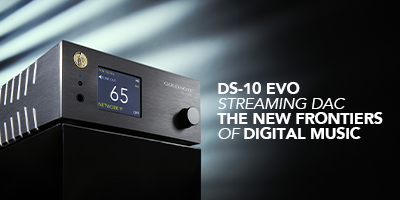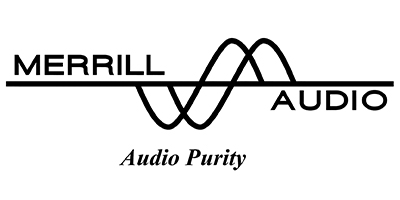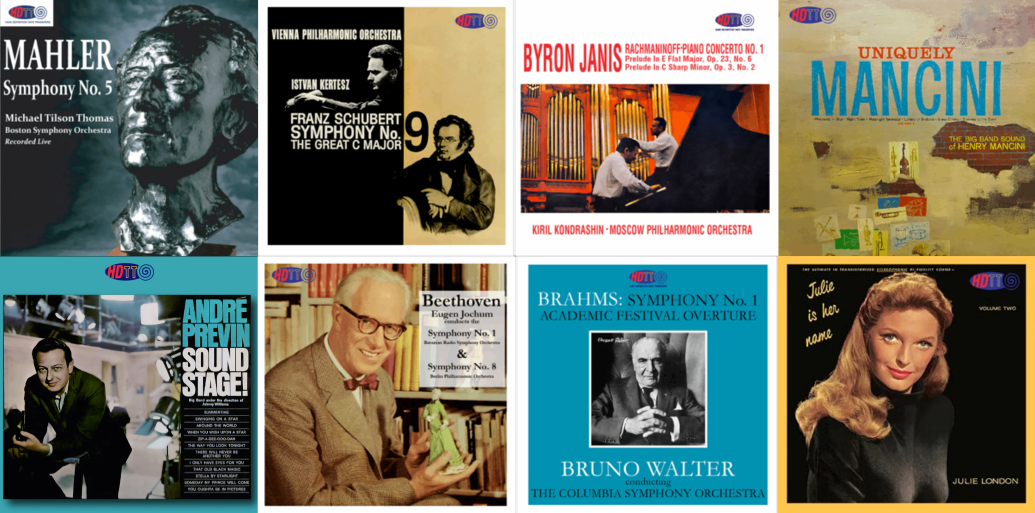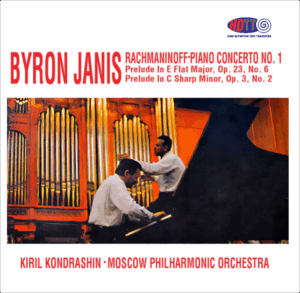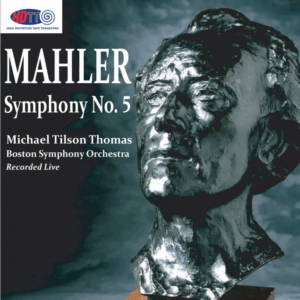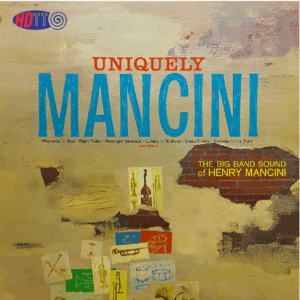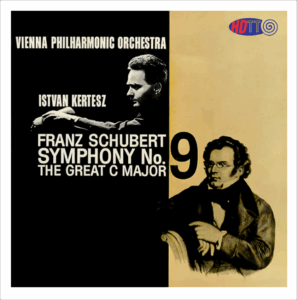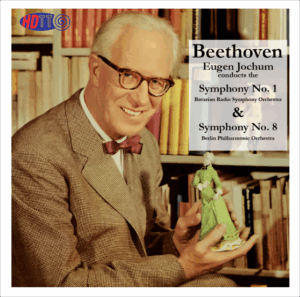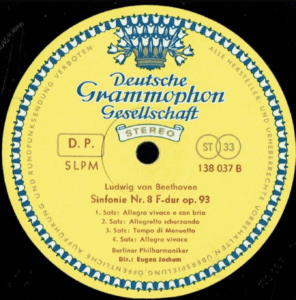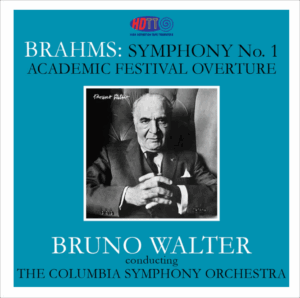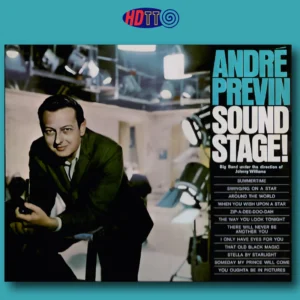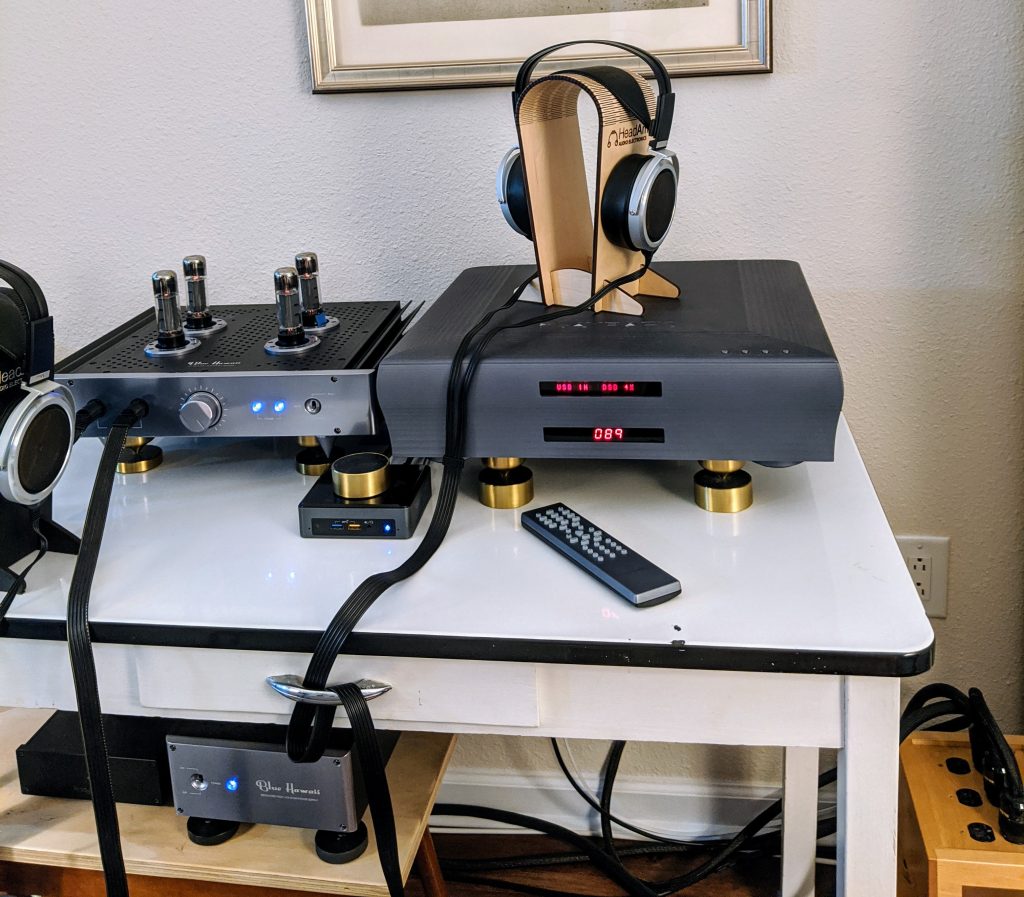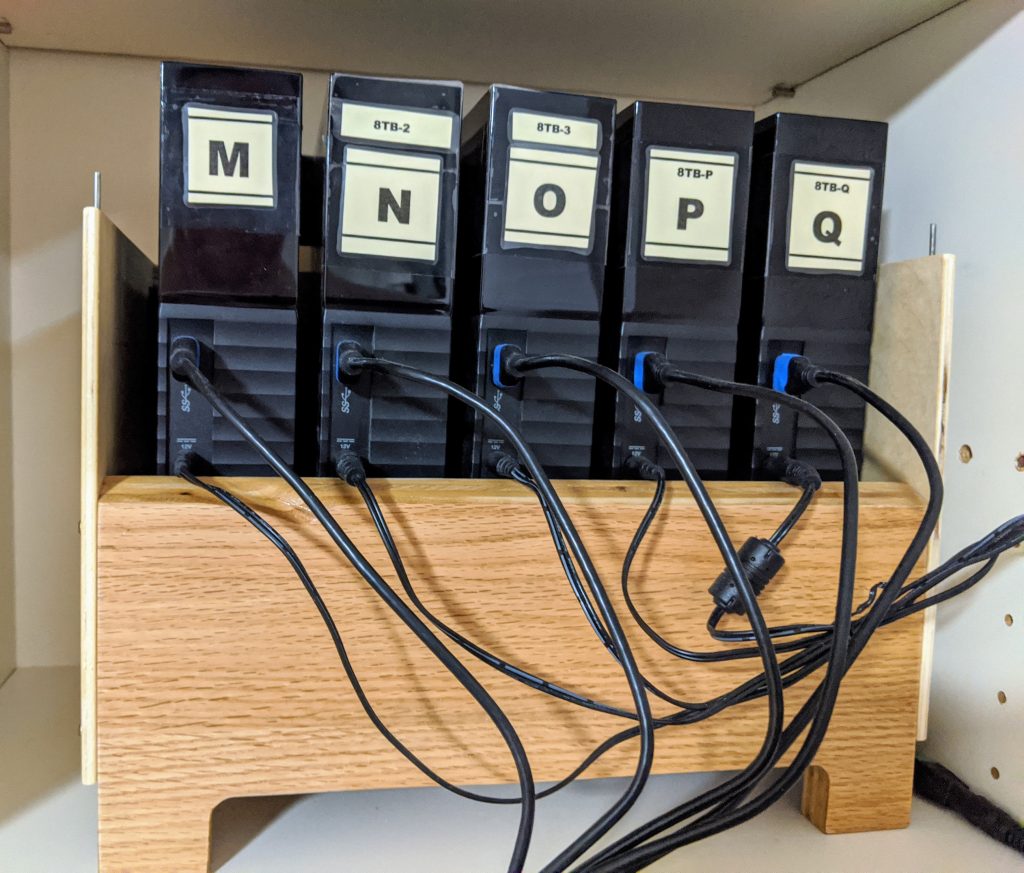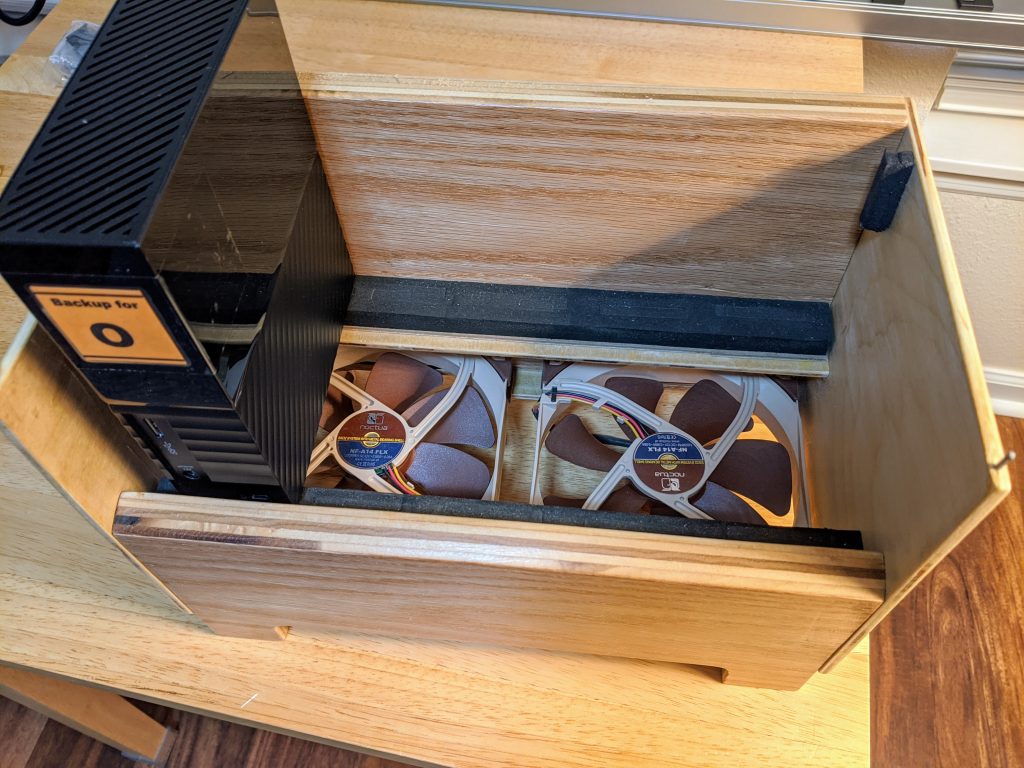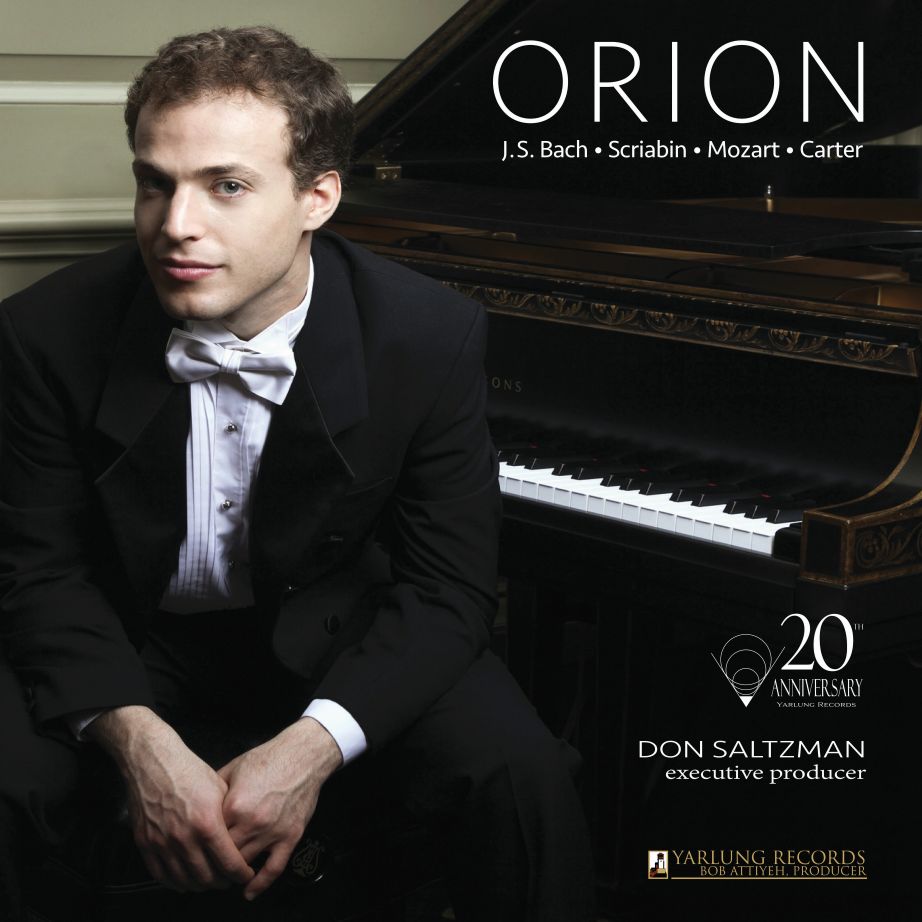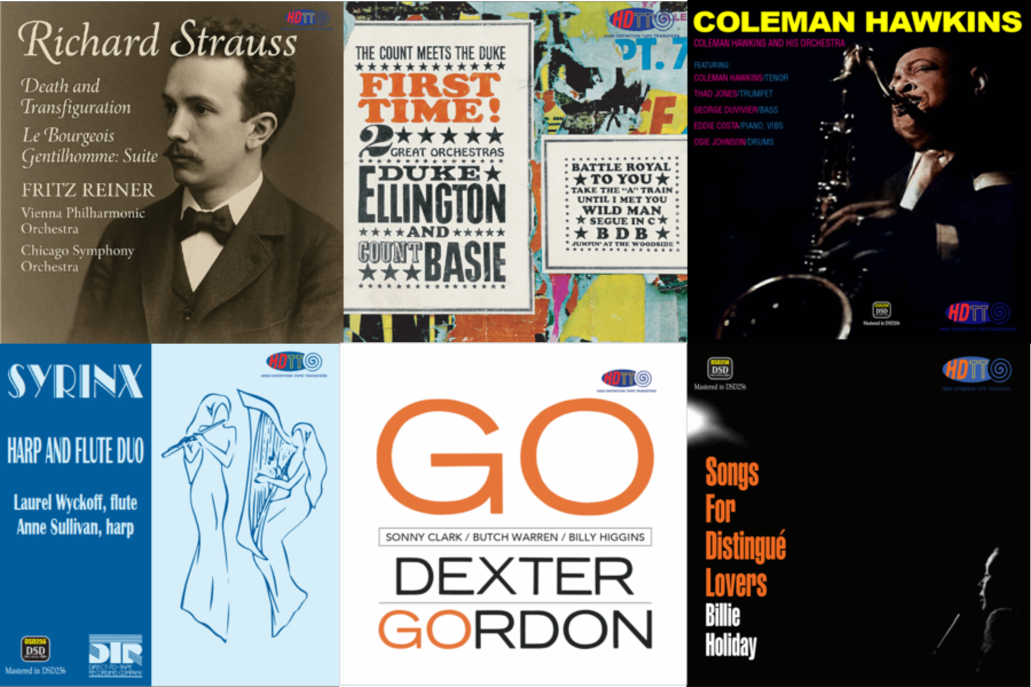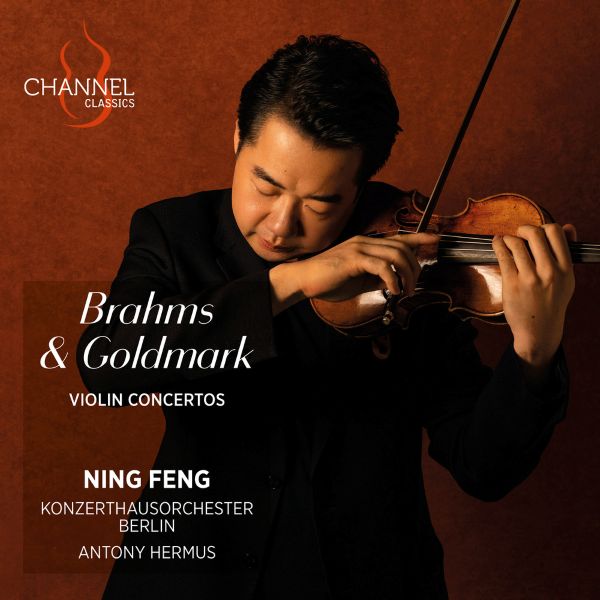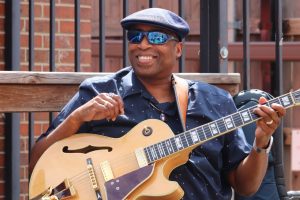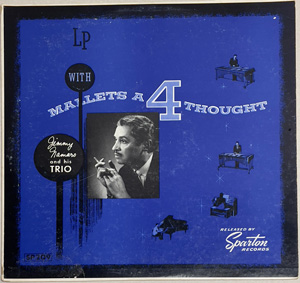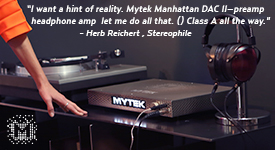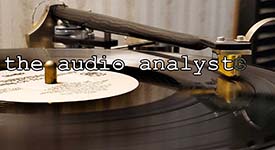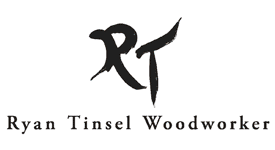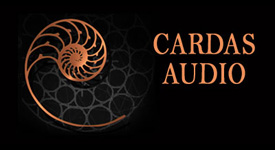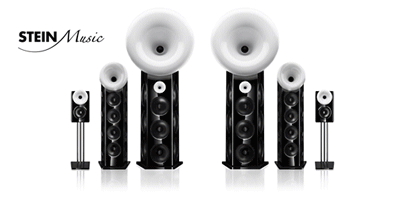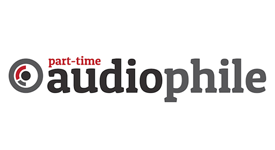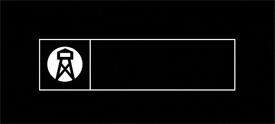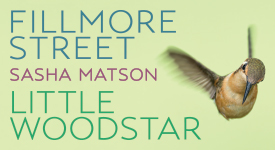HDTT has been on a tear generating great reissues this past year, and that tear continues unabated. Here are several releases that have gotten my attention over recent weeks largely because of their historical significance. The belong in any well stocked music library.
Rachmaninoff Piano Concerto No. 1, Byron Janis, Kiril Kondrashin, Moscow Philharmonic Orchestra. HDTT 1962 2025 (DSD256, DXD) HERE
Big, bold and classy—just like I remember the original LP, but in better sonics. This is a VERY nice transfer, with all the virtues of a good 2-track 15ips tape: wide dynamics, full range frequency response, very open, and with excellent detail. By comparison, the Mercury SACD is soft in the attack and lacking in resolution; it just doesn't begin to compare to the excellence of the sonics of this transfer in DSD256/DXD. The HDTT release has energy, sharply defined leading transients, excellent resolution of inner details in the orchestral playing. Nothing is smoothed over. All is laid out, nothing is smoothed over or "prettified." Yes, the piano is a bit forward in the mix, but not objectionably so, in my opinion.
Two Rachmaninoff Preludes for solo piano flesh out this album, not the Prokofiev Piano Concerto as so frequently seen paired. As could be anticipated, Janis plays them with power, almost ferocity. But his excellent sense of balance brings him to great delicacy in the quieter sections. So, we have performances of genuine interest and exceptional technical mastery.
As to the Prokofiev pairing, I asked Bob Witrak about this. And he replied that he already had a release of the Prokofiev Piano Concerto No. 3 from these Moscow sessions, paired with Janis' performance of Mussorgsky's Pictures at an Exhibition, so he decided not to repeat it. You can find that earlier Prokofiev/Mussorgsky release HERE.
Many of you will be familiar with these Moscow recordings made in the early 1960s by the Mercury Records recording team on location in Moscow. Lots of stories have been written about the famous recording truck that they shipped over to Russia with all of their recording gear and miles of cables. Here's a link to the 1962 New York Times article from their archives.
Mahler Symphony No. 5, Michael Tilson Thomas, Boston Symphony Orchestra (recorded live). HDTT 1972 2025 (DSD256, DXD) HERE
From the opening trumpet segment played from way off stage, you just know you're in for something special with this recording. And the "special" is Michael Tilson Thomas' way with this music. He brings a directness and clarity that is most welcome—and enjoyable. Plus, the Boston Symphony Orchestra is just superb. You know why they have long been one of the leading orchestras in the world. The combination of a great conductor, with a deep understanding of Mahler, and a great orchestra that has been performing Mahler for decades and has his music in their blood, is very special. (There's that word again.) The BSO first performed a symphony by Mahler in 1923: his Symphony No. 1 in D Minor conducted by Pierre Monteux.
This 1972 recording was made fairly early in Tilson Thomas' conducting career, well before his storied series of performances of Mahler's complete symphonies and works for voice and orchestra with the San Francisco Symphony and his 5-season Mahler Project recording cycle of the Mahler symphonies and the unfinished Tenth Adagio. But that very special Michael Tilson Thomas clarity and directness is readily apparent.
As Robert Witrak opines on the album's webpage, "Throughout his interpretation of the Fifth Symphony, Michael Tilson Thomas demonstrates an extraordinary ability to balance Mahler the Romantic with Mahler the Modernist. He resists the temptation to romanticize the score excessively, instead favoring transparency, structure, and emotional authenticity. His Mahler speaks with a clear voice, offering listeners both intellectual insight and emotional engagement." This observation applies equally to the entire opus of Tilson Thomas' Mahler recordings, in my experience.
Highly recommended.
Uniquely Mancini, Henry Mancini and His Orchestra. HDTT 1963 2025 (DSD256, DXD) HERE
Once again I am impressed by what Bob Witrak is able to pull off of an analog tape. I'd never thought to hear this degree of clarity and dynamics from a 4-track tape. Brilliant. And the music is just pure unadulterated fun!
For those who think a very good reissue can come only from a copy of the master tape, listen to this album in its DXD or DSD256 iteration. It is a great example of why I call out "Master Tapes, Shmaster Tapes". There are other sources from which a transfer/reissue can produce great sound quality. The difference, my friends, lies in the quality of the playback system, the skill of the person making the transfer, and the care and attention to detail with which the transfer from the source is made.
Schubert Symphony No. 9 (The Great), Istvan Kertész, Vienna Philharmonic Orchestra. HDTT 1963 2025 (DSD256, DXD) HERE
I have an abiding place in my heart for performances by Istvan Kertész (1929-1973). Regrettably he did not leave us as many recordings as one may have wished given his death at just age 44. But, what we have is just outstanding. Filled with energy, light, and life, his recordings are always a pure delight to play. And, we are fortunate that the quality of these recordings from Decca is consistently excellent. This album is a case in point.
Recorded in 1963 with the Vienna Philharmonic Orchestra at the Sofiensaal in Vienna, recording engineer Gordon Parry captures the sound of the orchestra in that beautiful 3-dimensional sound field that the best Decca recordings can create. Excellent stage width, plus depth, plus height—it's all here. This is the sort of recording that really allows the pleasures of an excellent stereo system setup, where care has been taken to optimize spatial cues.
And, this is an example of why I just have never gotten interested in surround sound or immersive. For the available funds I'm willing to invest in audio (which has been considerable over the years), I've always preferred to invest in maximizing stereo performance to the greatest extent I am able rather than compromise by spreading funds across the equipment needed for more channels. But, this is just me, and my lifelong listening partner who completely agrees (both with spending the money and doing things well).
So what about this performance and the sound quality? The sound quality is just outstanding. I had this recording on vinyl and it was excellent. This is better than my recollection of that lovely slab of vinyl. And, surprise, surprise, this transfer comes from a 4-track tape. You could have knocked me over with a feather on this news. As with some of the other albums in this article, this is a perfect example of how excellent a transfer can be when the right equipment and right skill and right care have been applied to the effort. Put another way: Bob Witrak is a genius when it comes to extracting sound from reel-to-reel analog tape.
The performance strikes just the right balance throughout. Kertész's cycle of the complete Schubert Symphonies on Decca has long been identified as a benchmark, one that sets a standard against which all others can be compared. And, as good as they are, the Ninth Symphony stands out as perhaps the best of the lot. And thus among the best performances in the catalog.
Kertesz’s interpretive style is clear-cut and precise, without any Romantic period emotional overlay. But the playing style is still clearly the older tradition of playing, with no hint of "historically informed practice." Still, his performance is down right crisp and lively as he moves things briskly along. And the lilt he imparts to various sections is just perfect.
Is this "the best" performance of the Ninth? Sorry, I'm not into identifying "bests." Instead I will say that I very much enjoy this performance and can listen to it again and again.
Beethoven Symphonies No. 1 and No. 8, Eugen Jochum, Bavarian Radio Symphony Orchestra. HDTT 1959 2025 (DSD256, DXD) HERE
Eugen Jochum took his time to work his way through the various Beethoven symphonies for a decade with DGG. The results were variable, but the outcome in this 1959 stereo recording of the First and Eighth is superb. I will admit to Jochum being one of my favorite "old school" conductors. So I'm sharing my bias right out in the open.
Jochum molds the music; he varies the tempo. And this is simply anathema to some reviews. But, there is a lot to be said that Beethoven himself may have done so, and perhaps preferred so. That is certainly the view of some modern period instrument performers who have studied his music in depth. But, it has not been the mainstream view. And since I am not "mainstream" in my preferences, I like it.
These are very attractive, very enjoyable performances of both symphonies.
This recording of the First and Eighth was released in 1959, and this reissue from HDTT is a transfer from an original DGG Tulip LP. The sound quality is superb, with the luscious tube electronic sonics of the day, and reflecting all the wonderful plaudits given the original Tulip series over the years. This is yet another example of the superb sonic results HDTT is achieving with their Vinyl Record Restoration series of reissues.
Tulip label Deutsche Grammophon LP, 1959 (Courtesy of Discogs)
Brahms Symphony No. 1, Academic Festival Overture, Bruno Walter, Columbia Symphony Orchestra. HDTT 1960 2025 (DSD256, DXD) HERE
Bruno Walter (1876-1962) made this stereo recording of Brahms' Symphony No. 1 with the Columbia Symphony Orchestra in 1959. It is widely regarded as a landmark interpretation. Superlatives have been lavished over this performance since its release. I don't need to unnecessarily add to those. I'll just say: this is a performance you need to hear to fully appreciate Brahms' masterpiece.
The recording was made very late in Walter's career; he was in his 80s. The orchestra, comprised of a hand-picked selection from among the best orchestra players on the West Coast, seem to recognize the grand old man's age, and they seem determined to deliver a cohesive world class performance in honor of him. They succeed. The woodwind playing is phenomenal, the brass (particularly the horn section) is similarly outstanding, and the solo violin lines are just over the top beautiful.
Walter is at his very substantial mature best, with his conducting style characterized by warmth, structural clarity, and emotional depth. And, given Walter's age, one would expect perhaps a measured approach to the score. Not so. Walter brings forth a performance that is so dynamic and alert it will surprise you.
But, there is one fly in the ointment. The sound quality is not what we typically hear in HDTT releases. Ann would call it "shreddy" (one of her pejorative terms for sound she doesn't like). Basically, the top end sounds shrill and harsh to me. I emailed Bob Witrak about this--what does he hear? And he didn't disagree. He said, "It has the typical sound of Columbia releases from that era, although not all of them suffer from the same issues. However, since it was conducted by the great Bruno Walter, I felt it was worth releasing. Sometimes, I prioritize the importance of the releases over sound quality." He also said he worked on the EQ quite a long time trying to get the sound better. But...
A further thought to share... I usually listen to whatever file is the edit master. In this case that would be the DXD release. Typically I find the Pyramix files converted from the DXD edit master to not be as resolving as when I play the edit master through my DAC. Well, in this case, I switched to listening to the Pyramix generated/converted DSD256 file. The slight softening of leading transients and general rounding that I've come to know from a Pyramix conversion actually helps in this case, making things just a bit more listenable. (Yeah, I don't have tone controls.)
So there you have it. A recording of great historical value, in an amazing performance, but with sound quality that is not satisfying. I was tempted to simply not write about this release. However, I am very glad to have it in my music collection. I've listened to it three times now just for the pleasure of the interpretation and the excellent performances by all involved. I recommend it to you as an album of significance. Now it's up to you.
Julie Is Her Name Volume II, Julie London. HDTT 1958 2025 (DSD256, DXD) HERE
Julie London (1926-2000) was a remarkable vocal talent who launched onto the music scene with her 1955 debut album, Julie Is Her Name. Released on August 1, 1958, this album, Julie Is Her Name, Volume II, was her seventh studio recording and presented return to a minimalist approach (just a guitar and bass accompanying) that allows London's smoky, sultry voice to take center stage.
"The album features twelve tracks, all standards from the Great American Songbook, interpreted with Julie London’s characteristic blend of warmth and melancholy. Songs like Blue Moon, Spring Is Here, and How Long Has This Been Going On? are rendered with a quiet intensity that highlights her ability to convey vulnerability and depth with minimal phrasing. Tracks such as Goody Goody and Hot Toddy bring a playful contrast, showing the range of emotion London could evoke in her understated style."—From the enclosed booklet.
Running just under 26 minutes, each song presents as a highly polished jewel: lustrous, finely crafted, succinct. And the entirety is immensely satisfying. Regrettably, the album does not include a reprise of her "trademark" rendition of Cry Me a River that became so well known from her debut album.
The sound quality of this transfer from a 2-track tape is just wonderful. Clear, transparent, rich, beautifully sculpted. Now if only HDDT could find tapes from which it could transfer her debut album and a few others.
Do you not know Julie London? I recommend you get this album to get a good sense of her style and ability to fully characterize the poetry of the songs. Her ability to craft the songs she sang into something very special matches any of the best female vocalists we've come to treasure over the years.
Sound Stage!, André Previn and John Williams. HDTT 1963 2025 (DSD256, DXD) HERE
Andre Previn in 1963 was an established artist and this was his 29th album, his 10th for Columbia Records. In this year, he made his conducting debut with the Saint Louis Symphony Orchestra and was awarded an Academy Award for his score for the film "Irma La Douce."
The album pairs Previn’s articulate, witty piano with the bold, brassy arrangements of a young conductor/composer known professionally at that time as "Johnny Williams." That name, of course, would soon be shortened to John Williams—one of the most celebrated film composers of all time. But before Star Wars, Jaws, or E.T., there was Sound Stage!
The track list is a who's who of the American songbook: "Stella by Starlight," "Swinging on a Star," "Someday My Prince Will Come," and "There Will Never Be Another You," among others. But they all sound fresh, agile, newly constructed. It is really a rather remarkable album. And most enjoyable!
And I just wish the sound quality was at the top of HDTT's best sounding releases, but don't expect that. But, highly recommended for the music, the performances, and the historical significance of this collaboration.

